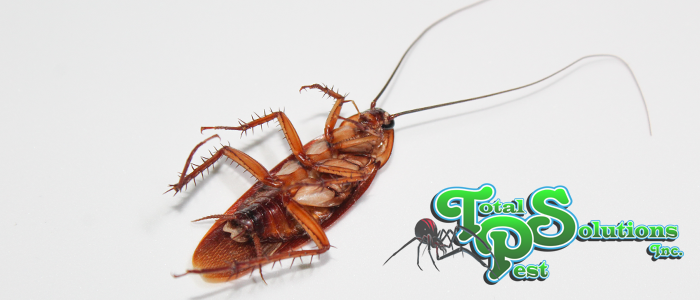
Ultrasonic pest control is an electronic device that emit high-frequency sounds. It purportedly helps repel, injure, or kill household pests, such as rodents and insects. Whether they’re actually effective at doing so has been disputed. Read on to learn about these ultrasonic pest control devices and whether they are a viable option for your family.
Human Vs. Animal Ears
The average young person hears sounds ranging from 20-20,000 Hz. A middle-aged person only hears up to 12 to 14,000 Hz. Animals and insects hear sounds in a much higher range. On average, ultrasonic devices emit sounds at about 65,000 Hz which, according to the ultrasonic pest control device, chases the pests away. Keep in mind, you should try other methods first. For example, sealing gaps, repairing screens, and moving any firewood you may have stacked inside or around entry ways, first. Rodents and insects can transmit salmonella, hantavirus, and other diseases and they can cause significant building damage.
Pest Problems?
You can tell if you have a rodent problem by signs such as droppings, especially near food or under the sinks, gnawed or chewed food packages, and holes in structural materials that can provide entry into your home. Cockroach infestation is perhaps the most pervasive and hard-to-eliminate type of pest infestation. This is commonly seen in urban areas and industrial and commercial kitchens. This is typically recognized by the droppings, which are pepper-like specs, found in cupboards. Their egg sacs are typically found in hard to reach locations, such as cracks and crevices in kitchen cabinets and drains, behind dishwashers and refrigerators. In theory, ultrasonic pest control should eliminate even these types of household pests.
History Lessons
The audible sound to deter pests is an ancient practice. The ancient Chinese used a number of mechanically operated sensory-repellent devices to deter rodent infestations in agricultural crops and buildings. The ultrasonic devices plug into a home’s electrical receptacle outlets which then purportedly emit high-frequency sounds that are disruptive to pests. This supposedly causes physiological pain and causes an audiogenic seizure response. This causes non-directional running, convulsions, and possibly death from cerebral hemorrhage. The hypothesis behind these devices is that it causes confusion for rats eventually fleeing when the disruption begins preventing them from finding food, breeding, and building nests. This also prevents communication between the rats. These are extra appealing because of the silence of them to humans and it eliminates the need for traps and poison.
Will They Protect Your Family?
Do these devices actually work though? There are quite a few studies that have mixed answers. A study done in 2002 by Kansas State University, showed that the device was good at repelling some insects, such as crickets, but had little effect on cockroaches, ants, or spider. Some tests showed that once the pests realized that it was harmless and that it was just annoying, they became habituated to it. Even models proven successful in test are likely to be weakened in real-world situations due to being blocked by walls and furniture.
Concerns
Some concerns have arisen, such as the devices weakening telephone conversation clarity, interfering with alarm systems, and may cause muting in hearing aids. The device may also cause distress to rabbits and rodent pets, such as guinea pigs, hamsters, and rats. Dogs and cats can hear the noise, but it hasn’t seemed to affect them. However, many users have reported success. You should do your research if you are interested on using them. The devices should be placed in an area that it won’t be blocked by furniture or walls.
continue reading
Related Posts
Don’t Let Pests Take Over: The Top 5 Signs You […]
Flea Infestations in Your Workplace – A Complete Guide for […]
Winning the War Against Kitchen Roach Infestations When it comes […]






